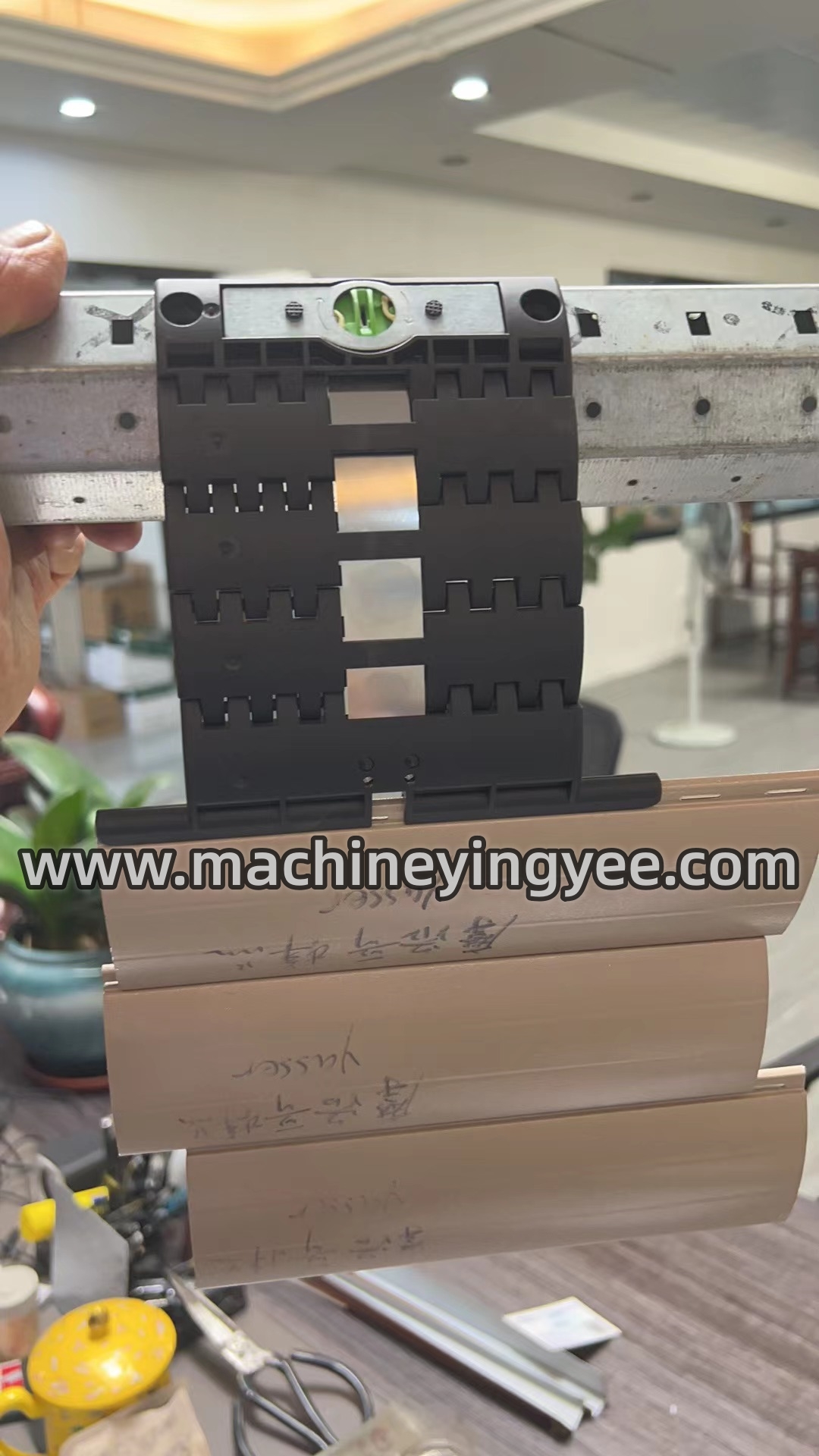
Exploring the Cable Tray Production Line An Overview
The cable tray production line is a crucial component in the manufacturing process of cable management systems, which are essential in various industries, including construction, telecommunications, and electrical installations. Cable trays provide structured pathways for organizing and supporting electrical cables, ensuring safety and efficiency in infrastructure projects. This article delves into the key aspects of cable tray production, including the materials used, manufacturing processes, and the significance of quality control.
Materials Used in Cable Tray Production
The production of cable trays typically involves materials such as steel, aluminum, and fiberglass reinforced plastic (FRP). Steel trays are often galvanized or powder-coated to enhance corrosion resistance, making them suitable for both indoor and outdoor applications. Aluminum trays, known for their lightweight nature, are ideal for projects where weight reduction is critical. FRP trays offer excellent resistance to chemicals and UV radiation, making them an excellent choice for specialized environments. The choice of materials significantly impacts the durability and functionality of the trays, as well as their cost-effectiveness.
Manufacturing Processes
The manufacturing process of cable trays involves several stages, each designed to ensure precision and quality. It typically begins with cutting raw materials to specified dimensions. Advanced technologies such as laser cutting and CNC machining are employed to achieve high accuracy. Following cutting, the materials undergo processes like bending, welding, and surface treatment. Welding techniques, including MIG and TIG welding, are crucial for assembling various components, ensuring structural integrity and strength.

After fabrication, the trays are subjected to surface treatment processes such as galvanization or powder coating. These treatments not only enhance the aesthetic appeal but also provide additional protection against corrosion. The final stage involves quality inspection, where each tray is evaluated for conformity to industry standards.
Quality Control and Standards
Quality control is instrumental in the production of cable trays. Manufacturers often adhere to international standards such as NEMA (National Electrical Manufacturers Association) and ANSI (American National Standards Institute) to ensure that their products meet safety and performance criteria. Rigorous testing, including load testing and corrosion resistance assessments, is conducted to validate the trays’ reliability. Implementing stringent quality control measures not only minimizes production defects but also enhances the manufacturer’s reputation and fosters customer trust.
Conclusion
The cable tray production line plays a vital role in the global supply chain for electrical infrastructure. By utilizing high-quality materials and advanced manufacturing techniques, producers can deliver reliable and durable cable management solutions. As industries continue to evolve and grow, the demand for efficient cable management systems will remain significant, underscoring the importance of innovation and quality in the production of cable trays. Investing in modern production technologies and adhering to strict quality standards will ensure that manufacturers can meet the ever-increasing requirements of their clients, paving the way for future advancements in cable management solutions.